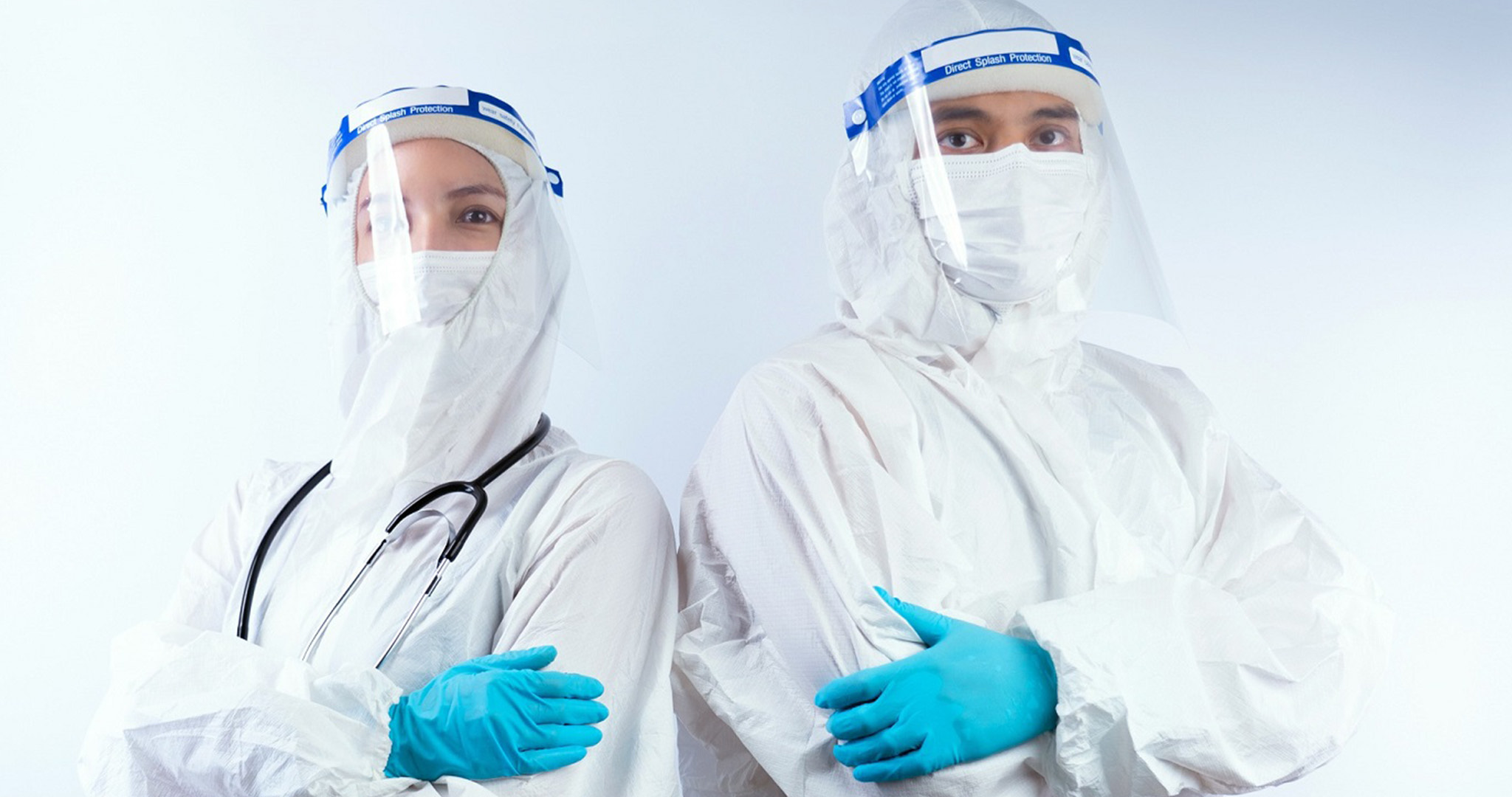Lic. Daniel Yitshar Mendoza Reyes | CIF Nursing
COVID-19 is a zoonotic RNA virus (meaning it can be easily transmitted between humans and animals) belonging to the coronavirus family. COVID-19 infection can be considered atypical, since contagion to other people can occur even before the infected person presents any type of symptom. The main routes of transmission of COVID-19 between humans are: nasal and oral secretions of infected people, direct contact with respiratory droplets, and contact with infected surfaces.
Due to the great contagion and propagation capacity that this virus has had since its inception, we find ourselves in a moment of global crisis and in a “war” against it. The health personnel is in charge of it; therefore, specific care must be taken to reduce the risk of contagion of COVID-19.
When a patient with respiratory symptoms typical of COVID-19 is identified, they are immediately transferred to a contact isolation area, which must be adapted to the patient’s clinical condition when triage (patient classification) is performed. the nursing service evaluates the priority of care based on the symptoms and therapeutic needs according to the anamnesis and physical examination. It is important to educate the patient and emphasize the use of face masks or masks before care in consultation, and if possible, before entering the health institution.
There are areas that can be used as isolation in case the emergency area does not have isolated rooms or they are occupied, these can be from an office to the shock area, as long as they are conditioned according to the reconversion recommendations hospitable. Nursing staff and health personnel in general should not approach a patient with symptoms of COVID-19 if they do not have isolation and biosecurity measures; disposable gown, goggles, gloves, face shield and “N95” mask.
Nursing staff caring for patients with COVID-19 must be reduced to the essential minimum; It is recommended, only one nurse for each infected patient. Registration, control and monitoring activities that do not require entering the patient’s room will be avoided, as long as it is possible to provide adequate patient care, in order to reduce the risk of infection of the staff.
The performance of procedures in which aerosols can be produced (such as aspiration of secretions, nebulizations, bronchial lavage, manual ventilation, performance of tracheotomy and CPR) will be carried out strictly when necessary, this to reduce contact with the secretions of infected patients. . In the event that these procedures have to be performed for extraordinary reasons, such as maintaining the life and health of the patient, the use of double gloves is recommended, in addition to carrying out the activity by the most experienced professional in airway management.
The rate of infections by COVID-19 in health personnel in Mexico has remained between 20% and 23%, unfortunately, until June 22, 2020, there have been 463 deaths in health professionals due to this disease. Health personnel are the most powerful weapon we have against this pandemic. For this reason, their health and safety is very important for the general population, since they provide the necessary care and attention to the infected population.
Thanks to the practical theoretical knowledge and professionalism of the health personnel, we can be sure that the quality of care will be good and focused on the needs of each patient.
Save lives, stay home.
REFERENCES
*Secretariat of health, (2020). Guidelines for the care of patients by COVID-19.
*Ranferi A. Nogales, Ivan V. Almanza, et.al, (2020). COVID-19 by SARS-CoV-2: the new health emergency, Revista Mexicana de Pediatría, Vol. 86, No. 6. pp 213-218.
*Carlos C. Barrios, Samantha Salvador, (2020). Nursing process in care for COVID-19: and then how do we proceed?
*Laura C. Bedoya, (2020). Nursing care for a patient with COVID-19.




